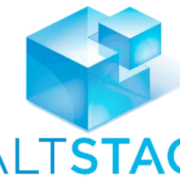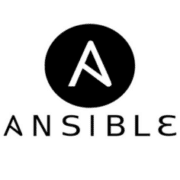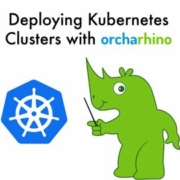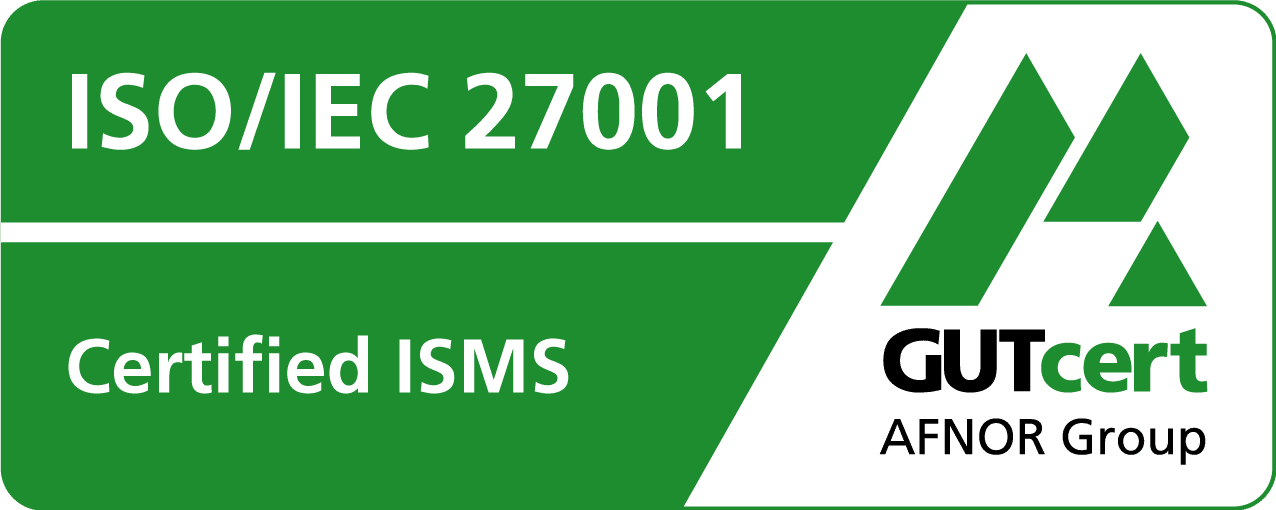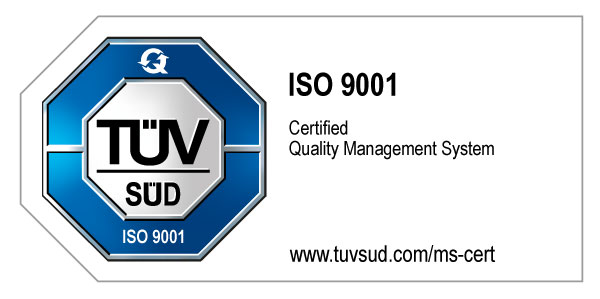Ansible automation with AWX: an overview and how to get started
Automation is a key pillar of modern IT strategies. AWX extends Ansible with an open-source platform that makes automation more efficient and transparent through an intuitive web interface, job scheduling, and role-based access control.
What is AWX?
AWX is a powerful automation platform that centralizes the planning, execution and management of Ansible automation tasks. Compared to the pure use of Ansible on the command line, AWX offers numerous additional functions such as a modern web user interface, job scheduling, Role-Based Access Control (RBAC), central management of credentials, support for containerized execution environments, central logging and options for high availability in productive use.
It serves as the upstream open-source project of Red Hat’s Ansible Automation Platform, making it a great choice for teams looking for a project open source alternative that’s flexible and community-driven.
Why choose AWX for automation?
Who benefits from AWX?
AWX is ideal for organizations where multiple users need to collaborate and share Ansible code in a structured and secure way. It’s especially useful for teams that prefer working with a graphical dashboard rather than relying solely on the command line, making it accessible to users who may not be fully confident with CLI tools. The centralized interface also provides valuable features like job scheduling, log storage, and Role-Based Access Control, which streamline automation tasks and improve visibility. However, for a single user who is already highly proficient with the Ansible CLI, AWX may offer limited added value.
Open Source und Community-Support
AWX is an open-source project, which means it is not only free to use but also constantly evolving, often at the bleeding edge of automation technology. Being open source gives users the unique opportunity to directly influence the direction of the project, whether through contributing code, reporting issues, or participating in discussions within the community. This collaborative environment ensures that AWX continues to meet the needs of a diverse user base, with ongoing support and valuable insights from its global community. However, it’s important to note that AWX is currently undergoing a significant code refactoring project, which has led to a temporary pause in new releases. While this may slow down new feature availability in the short term, the refactor is aimed at making AWX more scalable and maintainable for future improvements, so the long-term benefits will be substantial. Engaging with the community during this process can provide an opportunity to shape the future of the platform.
Key Benefits of AWX for Enterprise Automation Teams
Comfortable user interface
AWX comes with an intuitive web interface. It provides a central dashboard with a summary of failed and successful jobs such that users can get an overview of the current health of their configuration management at a glance. For more accurate analysis, the web interface also stores the log outputs of all past jobs and can thus serve as a powerful configuration auditing tool. These features support automation workflows across teams and improve traceability.
Compared to Ansible from the command line, AWX requires no technical knowledge to use. The web UI’s intuitiveness allows to decouple operation from the development of Ansible code: one team can develop the Ansible code and another one can execute it comfortably within AWX.
Schedules, Workflows and Surveys
In AWX, features like schedules, workflows, and surveys provide a more user-friendly and streamlined approach compared to the command-line interface (CLI). While you could schedule jobs from the CLI via cron, the AWX UI offers a more intuitive method for setting up scheduled jobs, making it easier to automate tasks. Workflows in AWX enable users to concatenate multiple jobs into a sequence, providing greater flexibility and control over job execution. Administrators can insert approval steps within the workflow, ensuring that critical tasks are reviewed before proceeding, or add remediation steps to automatically address failures. Additionally, surveys in AWX allow users to gather input before running a job, ensuring the job is tailored to specific needs and reducing errors.
High availability
AWX offers a high-availability (HA) architecture that can be tailored to your specific needs. It must be deployed on a Kubernetes cluster. This setup simplifies tasks like backups, restores, and scaling, providing flexibility in managing resources as demand grows. For users who don’t require full HA, a single-node installation is a straightforward option, offering a simpler, less resource-intensive deployment. However, for more robust high-availability setups, AWX can be deployed across a production-ready Kubernetes cluster, with
Role-based access control
Role-Based Access Control (RBAC) in AWX is designed to ensure that users have access only to the resources they need, enhancing security and minimizing the risk of unauthorized actions. The structure is organized around organizations, teams, and users, with each user being assigned specific roles that dictate their level of access. RBAC in AWX is highly granular, allowing for precise control over permissions such as read, write, and use access for various resources within the platform. This means you can define roles with specific capabilities, ensuring that users can only interact with resources that are relevant to their tasks. Additionally, AWX supports integration with LDAP, making it easier to manage and synchronize user roles and permissions with existing enterprise directory services.
Credentials management
AWX offers built-in credentials management, allowing you to securely store and manage sensitive information such as API keys, passwords, and certificates without relying on external tools like ansible-vault. Furthermore, AWX also supports integration with external secret management systems, such as HashiCorp Vault, providing flexibility for organizations with existing secret management practices. Role-Based Access Control (RBAC) extends to credentials as well, ensuring that only authorized users can access sensitive data. It is worth noting, though, that users with write and execute permissions on playbooks can always read the credentials, which is an important consideration when designing security policies. This makes AWX a powerful tool for securely managing credentials while providing flexibility for a range of use cases.
How to get started with AWX in your organization
Introducing AWX into an organization starts with a solid foundation in Ansible itself, as fundamental knowledge of Ansible playbooks, roles, and modules is crucial for effectively leveraging AWX. To ensure smooth integration, it is essential that Ansible code is well-structured and stored in Git, making it easy to version, collaborate on, and scale as the automation needs grow. A great way to begin is by setting up a single-node AWX instance, which allows you to familiarize yourself with the platform before transitioning to a full-blown cluster as your requirements expand. This phased approach helps organizations evaluate AWX as a scheduling automation platform and align its use with long-term DevOps objectives. Additionally, understanding the users and roles concept in AWX is critical for effective Role-Based Access Control and ensuring that only the right people have access to the right resources. To support the successful deployment and adoption of AWX, we offer trainings and workshops that can guide your team through the process, helping them get up to speed with the platform and make the most of its powerful automation capabilities.
How AWX Fits Into Modern IT Automation Strategies
As organizations scale their digital operations, IT automation has become essential to maintaining agility, reducing human error, and improving time-to-value. AWX fits seamlessly into this shift by providing a flexible, open-source automation platform that supports collaborative, repeatable infrastructure management.
By building upon Ansible, AWX enables teams to visualize and manage automation tasks through an intuitive web interface, bridging the gap between traditional DevOps engineers and IT operations teams. With features like job scheduling, credential management, RBAC, and support for high availability, AWX helps organizations standardize workflows, ensure compliance, and accelerate deployment cycles.
AWX also aligns with modern CI/CD pipelines and hybrid cloud strategies. Its container-native architecture allows it to run effectively on Kubernetes, making it ideal for cloud-native environments. For organizations using GitOps workflows, AWX’s integration with source control and project-based configurations makes it a powerful tool for managing infrastructure as code across teams and environments.
In short, AWX empowers businesses to scale their automation strategies without locking into proprietary platforms—making it a cost-effective, community-driven, and future-ready solution for modern enterprise IT.



